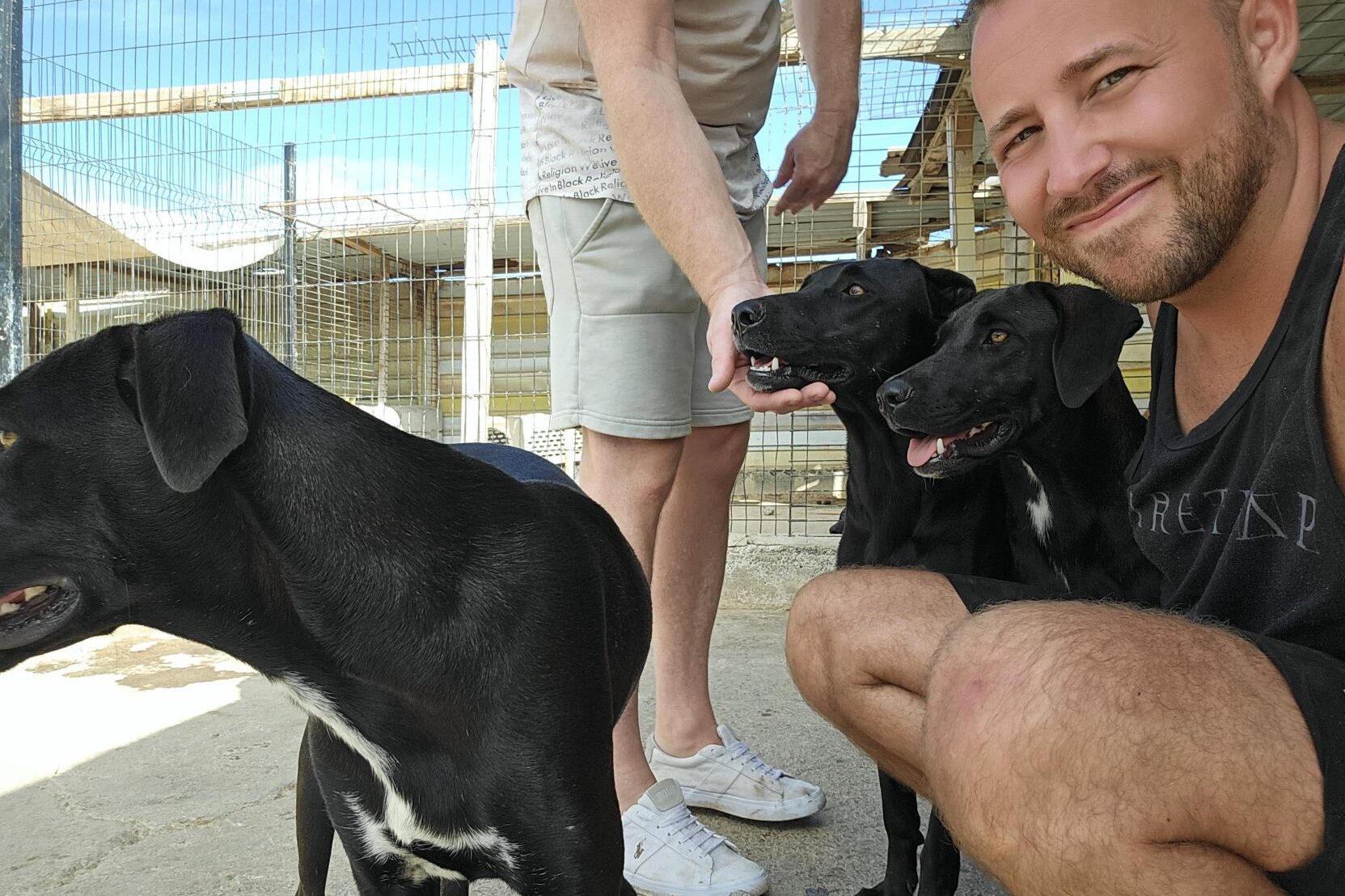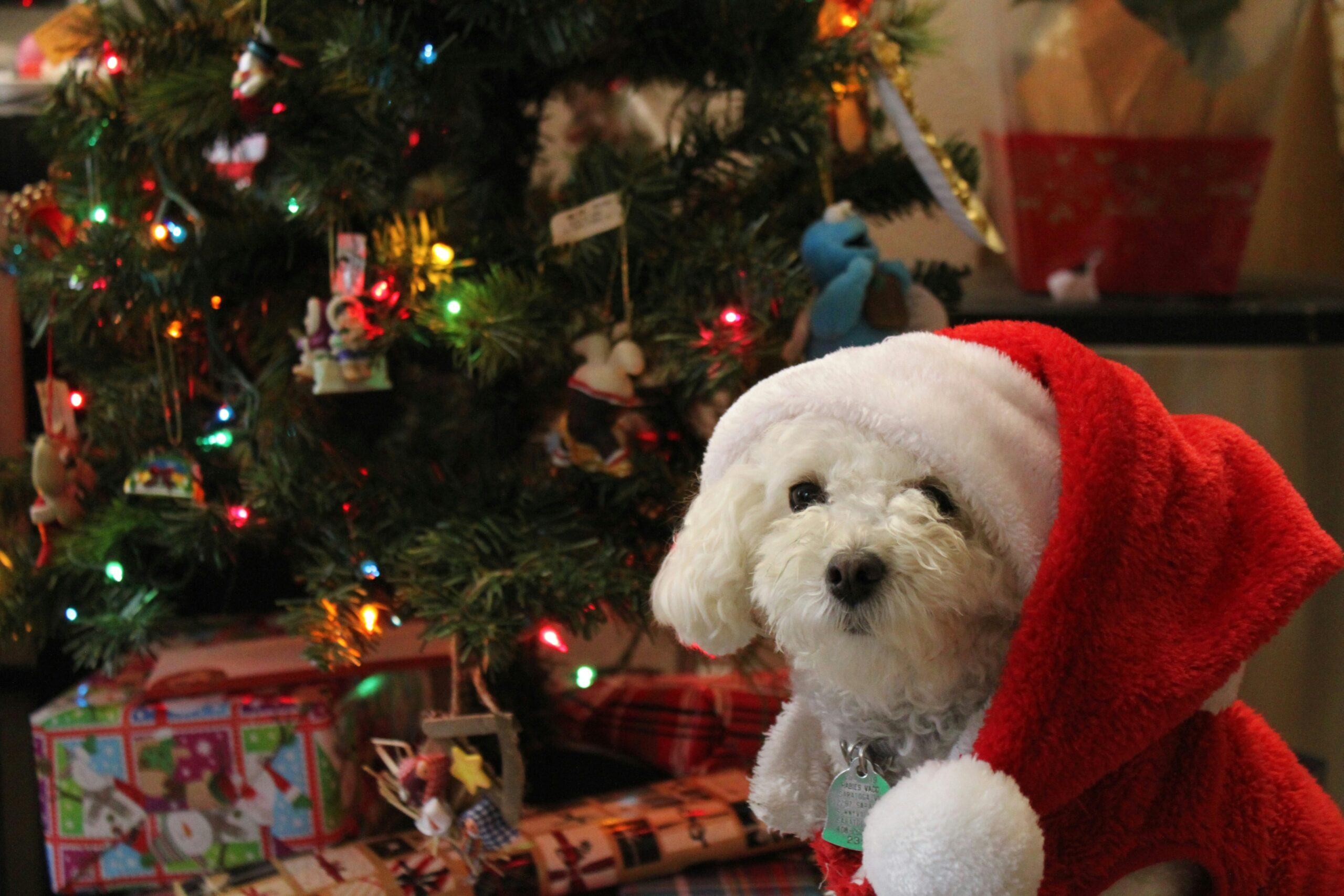Some dogs love nothing more than lying in the sun, while others can run for miles, hike trails, or chase balls until they drop. Longer walks and outdoor adventures are great exercise—but they also mean more exposure to hot pavements, asphalt, and artificial turf.
While paw pads are naturally tough, they are not indestructible. As a pet owner, it’s your responsibility to protect your dog’s paws from burns, injuries, and irritation so they can stay healthy and happy.
To make it simple, we’ve created the acronym PAWS—your easy guide to paw protection.
P = Protect
Extended time on hot surfaces can damage your dog’s paw pads. Burns and abrasions are common if your pup runs or skids on heated pavements.
- Switch to cooler surfaces: Grass, shaded paths, and woodland trails are safer than asphalt or astroturf.
- Consider paw protection: Dog boots or paw wax can add a protective barrier. Some dogs may resist boots, so introduce them slowly with short, positive training sessions.
- Adapt activities: Move high-energy play sessions like fetch onto grass instead of tarmac.
A = Avoid
Avoid walking your dog during the hottest parts of the day (usually between 11 am and 3 pm in summer). Surfaces like concrete and artificial turf can get dangerously hot.
The 10-second test: Place the back of your hand on the ground for 10 seconds. If it’s too hot for you, it’s too hot for your dog.
Astroturf is particularly risky—it’s made of plastic, which traps heat and stays hotter for longer than grass.
W = Watch
Be alert for signs your dog’s paws are burning or becoming sore.
During walks, watch for:
- Lifting paws or shifting weight
- Restlessness or refusing to stand still
- Trying to move to grass or shade
- Refusal to walk
- Whimpering, limping, or signs of pain
After walks, check for:
- Excessive licking or chewing at feet
- Swollen paw pads
- Tenderness, growling, or pulling away when touched
- Redness, cracking, or blistering
S = Seek Help
If you notice burns, blisters, or swelling, contact your vet immediately. Burns are painful and can quickly become infected if untreated.
💡 Tip for Scratch & Patch members: You get free access to our 24/7 Vet Careline, where qualified veterinary nurses can provide expert advice any time, day or night.


